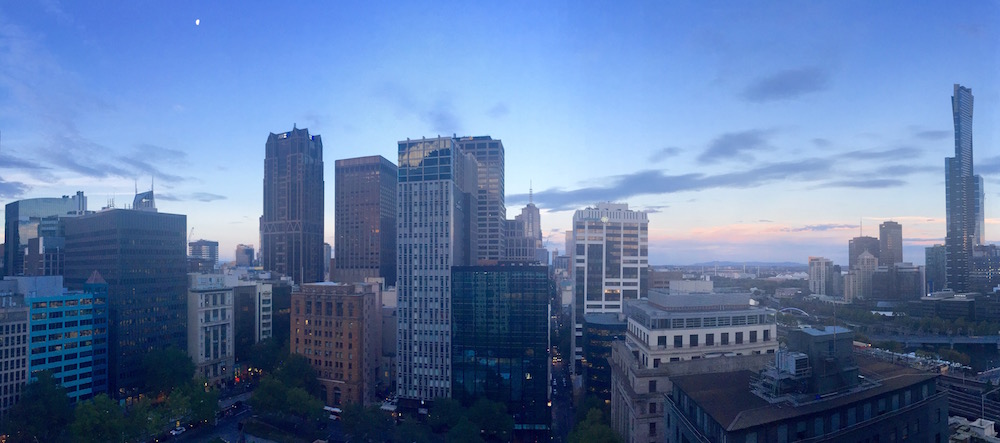

We are now about three weeks into the project. The stakeholders we have meet so far have different expectations about the deliverables of the project. To recap, we are in the middle of a joint fellowship placement between DELWP (Department of Environment, Land, Water and Planning) and Parks Victoria. Both departments are running biodiversity databases, Sea Search for Parks Vic and Victorian Biodiversity Atlas for DELWP. The common problem we have been described is mobile access, but we quickly realized that it is also a non-intuitive experience on a desktop. On the other hand, current tools are a barrier to biodiversity data collection in Victoria, since they are too complicated and time-consuming for many users. Hence, we have identified the need to optimise biodiversity data collection by citizen scientists and experts. Thus they can also improve, for example, other important processes as for critical decision making like planned burning and land development with information collected on time and in less complicated way than the present.
Let’s be open about our goal for the coming six months and what could be delivered. Innovation is our main focus, we are here to think and come up with new ways to solve problems by using a user-centric approach. We have not been given well defined specifications to be able to deliver any kind of ‘ready to deploy’ solutions. This is actually good news, without those constraints we are able to look out for very different solutions. Most of the ideas pitched by our government stakeholders would have required a massive redesign of the actual systems. Building the foundation is not innovation. It cannot be expected of people employed for 6 months.
To conclude, we aim at finding a wide range of potential solutions that could be fully implemented once our fellowship is over. We will not make assumptions, we are currently meeting with our broad range of users, we will build prototypes and get them to test it. We will all learn from this experience and share this knowledge. After a wide range of prototypes are made and tested, then future project specifications may be created that address well defined problems.
Written by Johan.